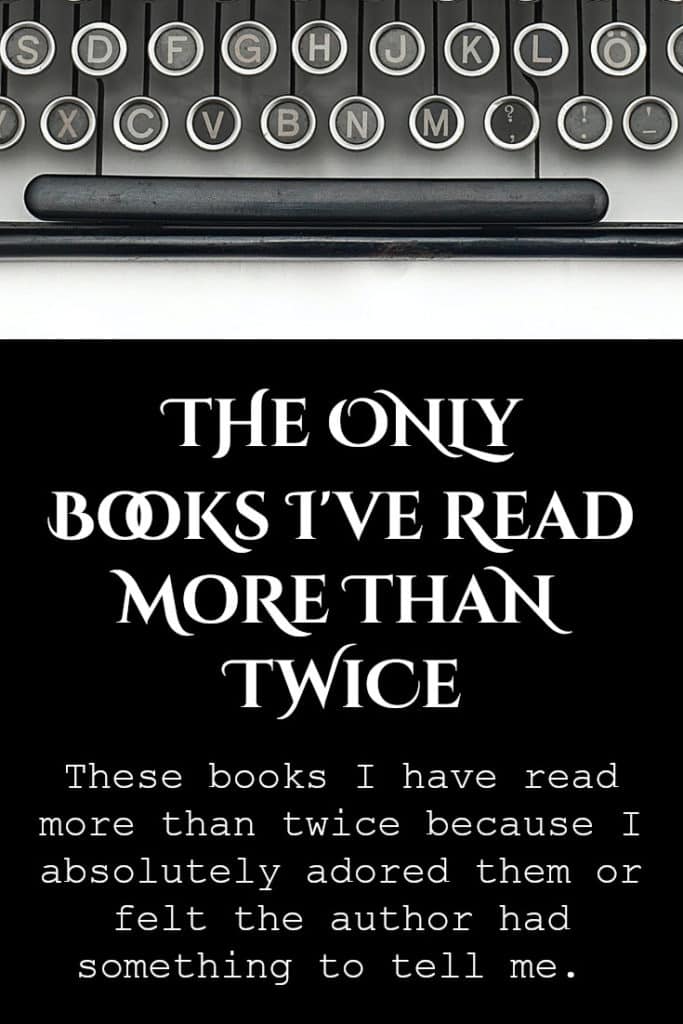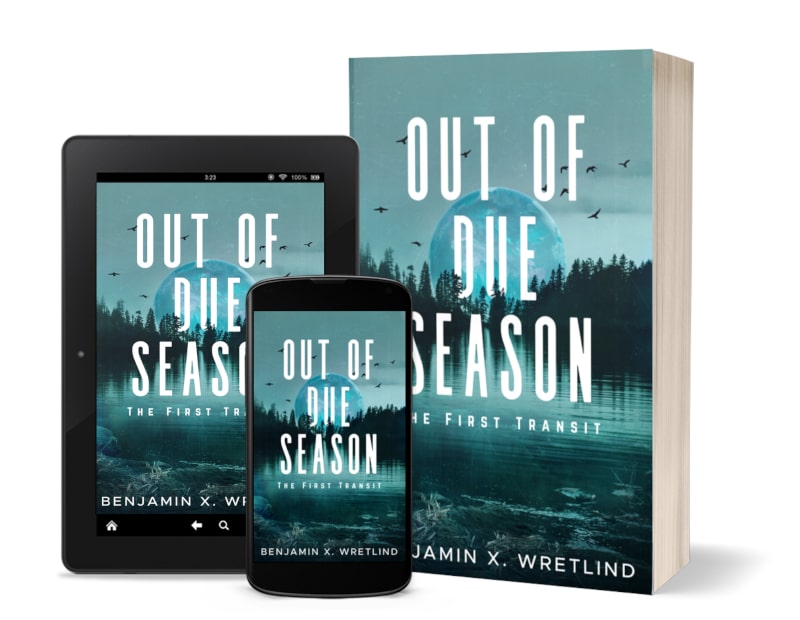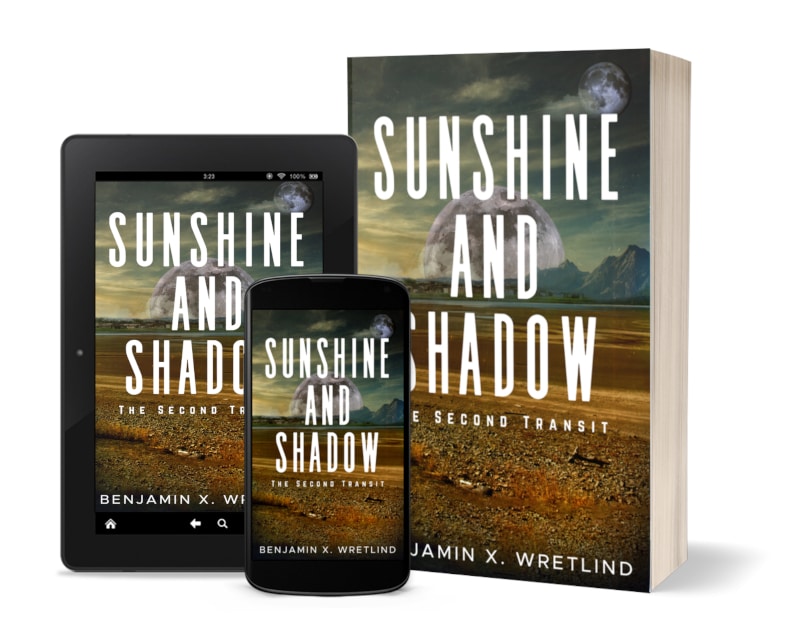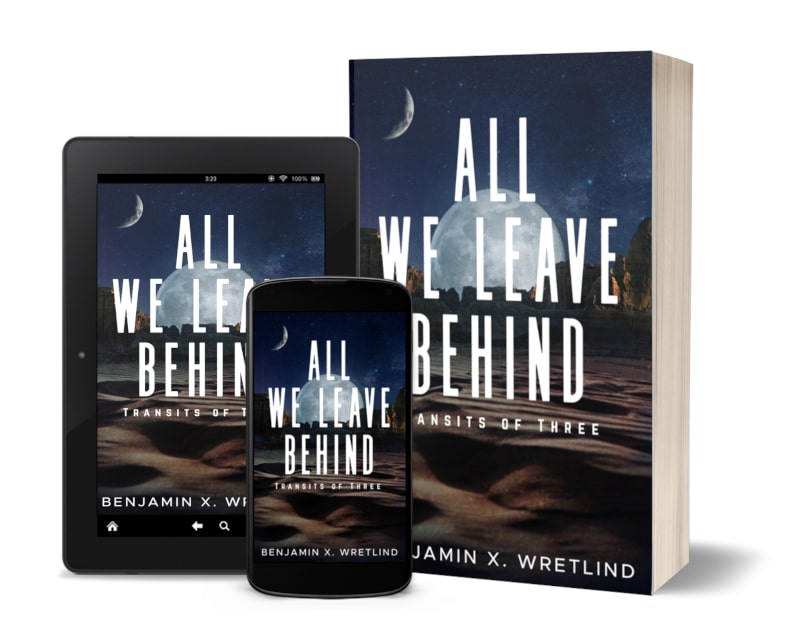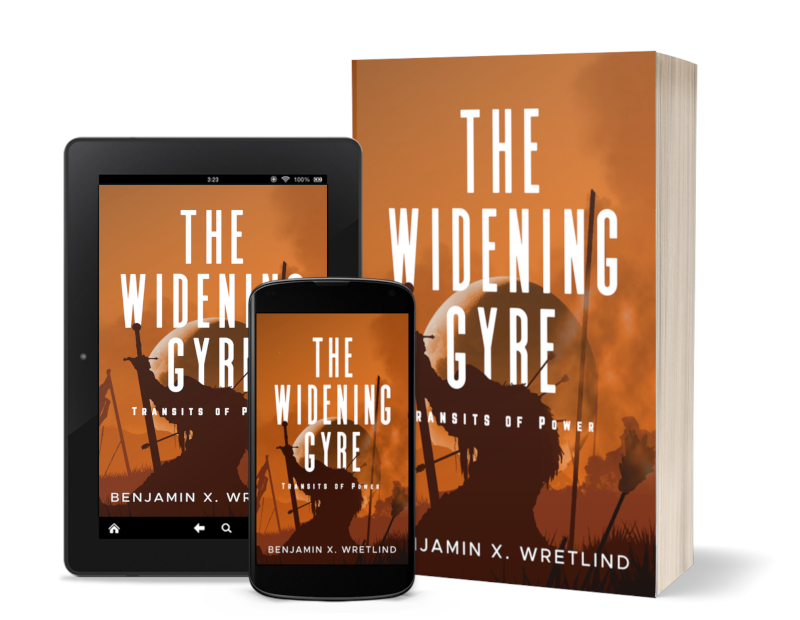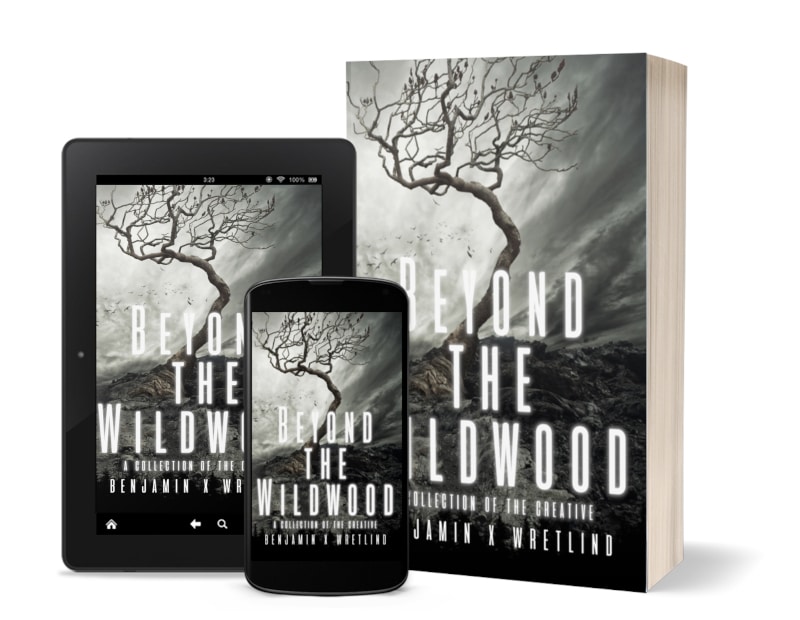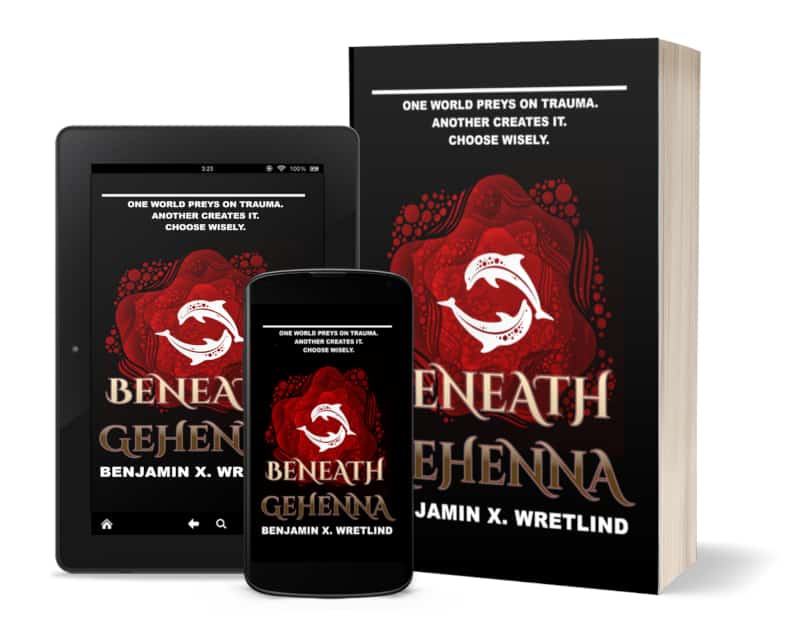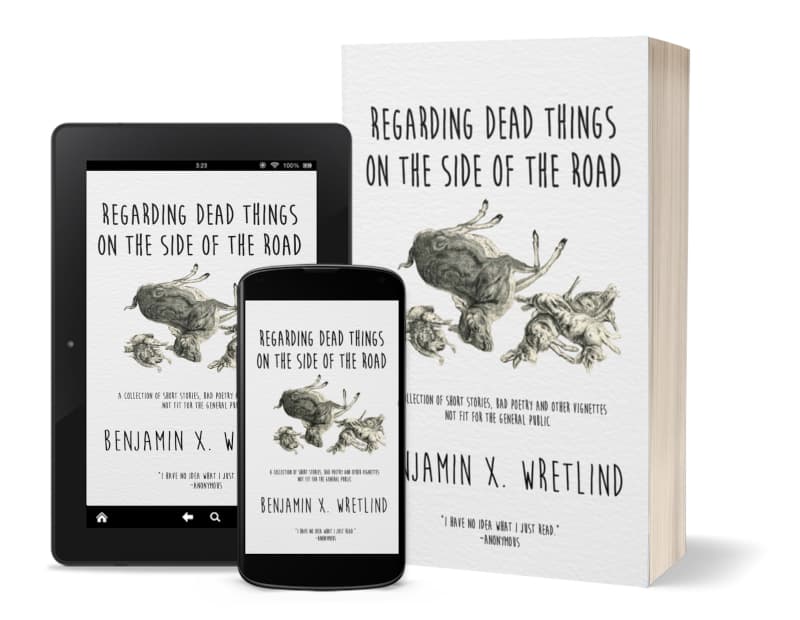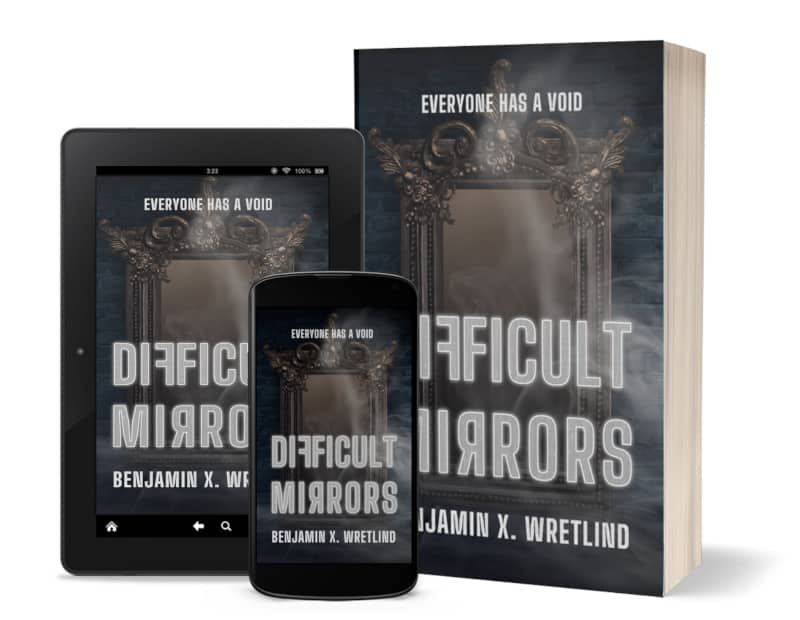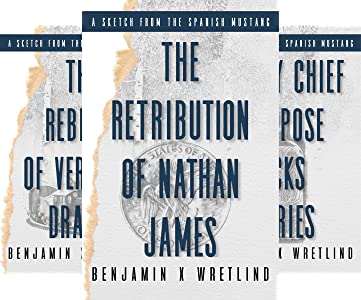The Only Books I’ve Read More than Twice
That was “more than twice” because there are quite a few books I’ve read two times and for two reasons: 1) I couldn’t quite “get it” the first time or 2) I was deep in the jungles of Honduras and had nothing else to read.
The following, however, I have read “more than twice” because I absolutely adored them or felt the author had something to tell me. There are three books on this list, and for each I’ll try to explain what it is that keeps me coming back again and again.
If you have not read these books before, I challenge you to give them a go.

Dandelion Wine by Ray Bradbury
As writers–actually as people–we sometimes have to step back a moment and examine the what and why of our craft. I just finished reading Dandelion Wine by Ray Bradbury and found myself once again envious of the man’s ability to spin yarns, to pour images into the crevices of my brain so they flow like streams down a mountainside.
I’ve always been a fan of Bradbury ever since I stole a copy of my brother’s Martian Chronicles from his bedroom and started reading about the “Rocket Summer.” There are no words really to describe my complete fascination with that first opening chapter, but I found myself feeling the same once again this past week. Perhaps it was the description of the “Happiness Machine” I read about or the oration given about living the life we have now and not a life we can’t have. Perhaps it was the feeling of being on a street in summer in Green Town, listening to the bees buzz, the apples fall, the susurrus of the wind through brilliant leaves.
Whatever it is that gave me that feeling, I know it’s important to retain. It is that feeling, in fact, that drives some of us forward, to look at the words on a page and want to put them in just the right order to pull our readers into our story and drop them inside our own fantasy world, where gods do battle, princes and princesses run amok through ancient castles, monsters lurk in the woods at the very periphery of our vision.
I haven’t felt whatever it is Mr. Bradbury put in me in quite some time. There are few books that really welcome me inside, and fewer still that keep me between the covers without the smallest desire to return to whatever world my flesh is stuck in. It’s only when I can get my hands on those books–when I can travel through time or across the universe to bask under another sun–that I really feel like one can make a difference with words.
Because if one author can make a difference with words, can not another and another and another?
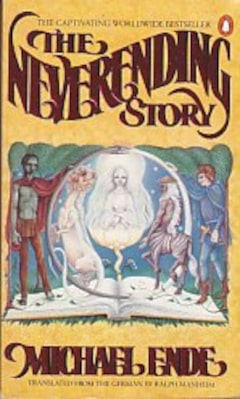
The Neverending Story by Michael Ende
Like many children, our first foray into the world of fantasy comes in the form of movies. I am not alone in remembering the day I saw Falkor fly across the screen in a movie theater, was frightened at the sight of Gmork, or cried when Artax was killed in the Swamps of Sadness. Of course, I’m talking about movie, The Neverending Story. When I left the theater that day, however, I took my remaining allowance and wandered down to Waldenbooks in the mall. There, I picked up the book version, and I have read it at least five times since.
Why?
The book, like many in our collective experience, is vastly different from the movie. In fact, the movie only encompasses the first half. Yes, Bastian Balthazar Bux returns to Fantastica (“Fantasia” in the movie) after saving the Childlike Empress. He also screws things up, and that, my friends, is where the novel really takes off.
I don’t read German (or speak it), but if I did, I would read the novel in its original language. Michael Ende put together such a fantastical world that I would gladly buy him a beer if he were still with us. Each chapter in the English version starts off with a letter and yes, there are twenty six of them. I found that “neat” as a twelve-year-old. But there were two things that stuck out at me the most while reading the novel: the Nothing and The Old Man of Wandering Mountain.
The Nothing of the novel is, well, nothing like the movie. It is not a violent thing that rips apart our imaginary worlds, but a subtle dimming and eventual disappearance…just like life. We don’t know the exact moment when we lose our imaginations or our own fantasy worlds, and that is the point of the Nothing. It creeps up on you until you are left with…nothing.
Around the middle of The Neverending Story, Bastian meets a man who is writing the book–literally: The Old Man of Wandering Mountain. It was one of the most mind-blowing things a twelve-year-old boy could have ever read, and that creative insertion was probably what put me on the path to love books that immerse the reader into the story. Without that scene, I don’t think I would be the same person.
If you are like the many millions of Generation X adults who fondly remember The Neverending Story as a movie, I challenge you to seek out and read the book. It is an incredible novel–and one that has truly impacted me and my own writing in more ways than one.
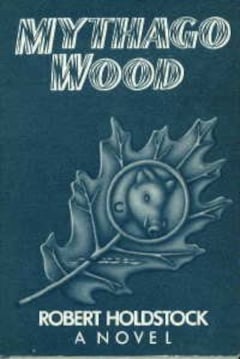
Mythago Wood by Robert Holdstock
I bought a lot of books at my local Waldenbooks when I was a kid. One of those I picked up because I liked the simplicity of the cover: Mythago Wood by Robert Holdstock. I did not know at the time that the novel won the World Fantasy Award for Best Novel in 1985. Frankly, at that time and age, I probably wouldn’t have cared. I’ve read Mythago Wood four times, and while there are other novels in the series, this is the only one I really got into.
The plot is fairly straightforward. Our protagonist, Stephen Huxley, returns from service after World War II to visit his brother Christian on the edge of Ryhope Wood. Christian is disturbed but intrigued by his encounters with one of the mythagos–creatures generated from ancient memories and myths within the subconscious of nearby human minds. Stephen, however, disbelieves anything his brother says.
Christian returns to the wood for longer and longer periods, eventually assuming a mythical role himself. In the meantime Stephen reads about his father’s studies of the wood. He and a friend, a RAF pilot named Harry, try to survey Ryhope Wood from the air, but their small plane is pushed away every time they approach the trees. Soon, Stephen has his own encounters with the woodland mythagos and to save both his brother and a mythago girl named Guiwenneth, he ventures into the wood, accompanied by Harry.
The writing drew me in immediately, and it was the description of how the mythagos can be seen which has fascinated me ever since I first read the novel. At the edge of Ryhope Wood, you might see something in your periphery. However, the deeper you go into the woods, the more those peripheral images come center stage. However, the wood is not the easiest place to get into or navigate and as a parallel universe, gets larger the farther in you go.
I think that’s what has so captivated me about the novel. I dreamed of being Stephen, of going into the woods and seeing these mythagos for myself. That’s what a book should do: it should pull you into the story so that you want to be that protagonist, you want to go on an adventure and live the life that’s laid out before you.
Although it was released in 1984, Mythago Wood is still around. Even if you’re not a fan of fantasy, I challenge you to pick it up. The way the novel drags you along into believing in what Ryhope Wood has to offer serves up lasting rewards.


